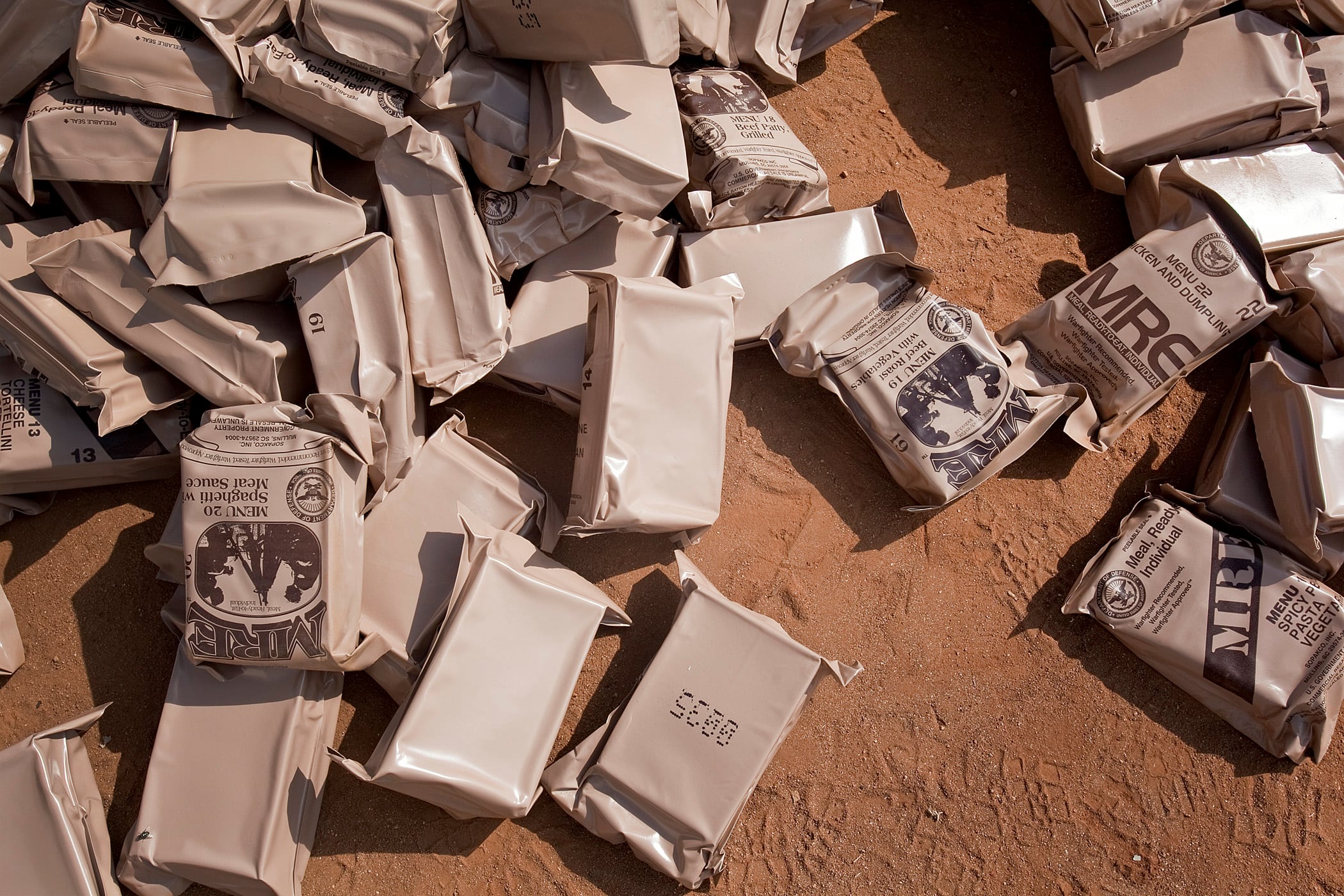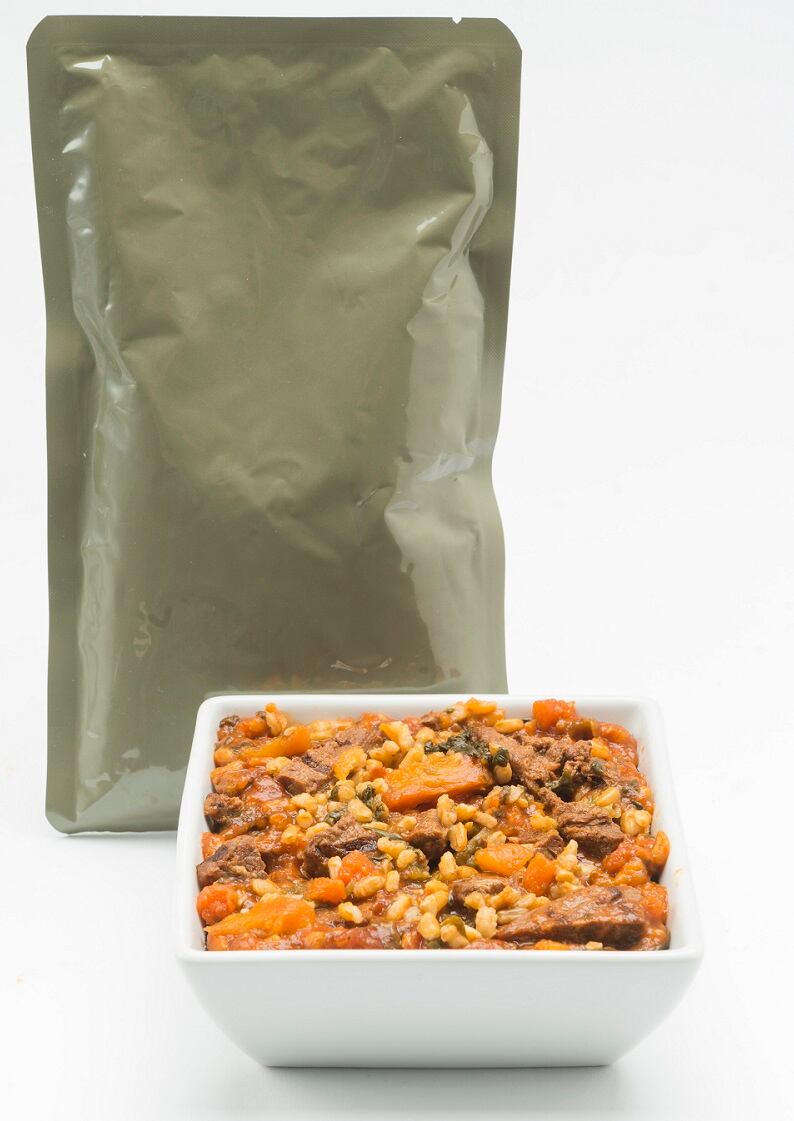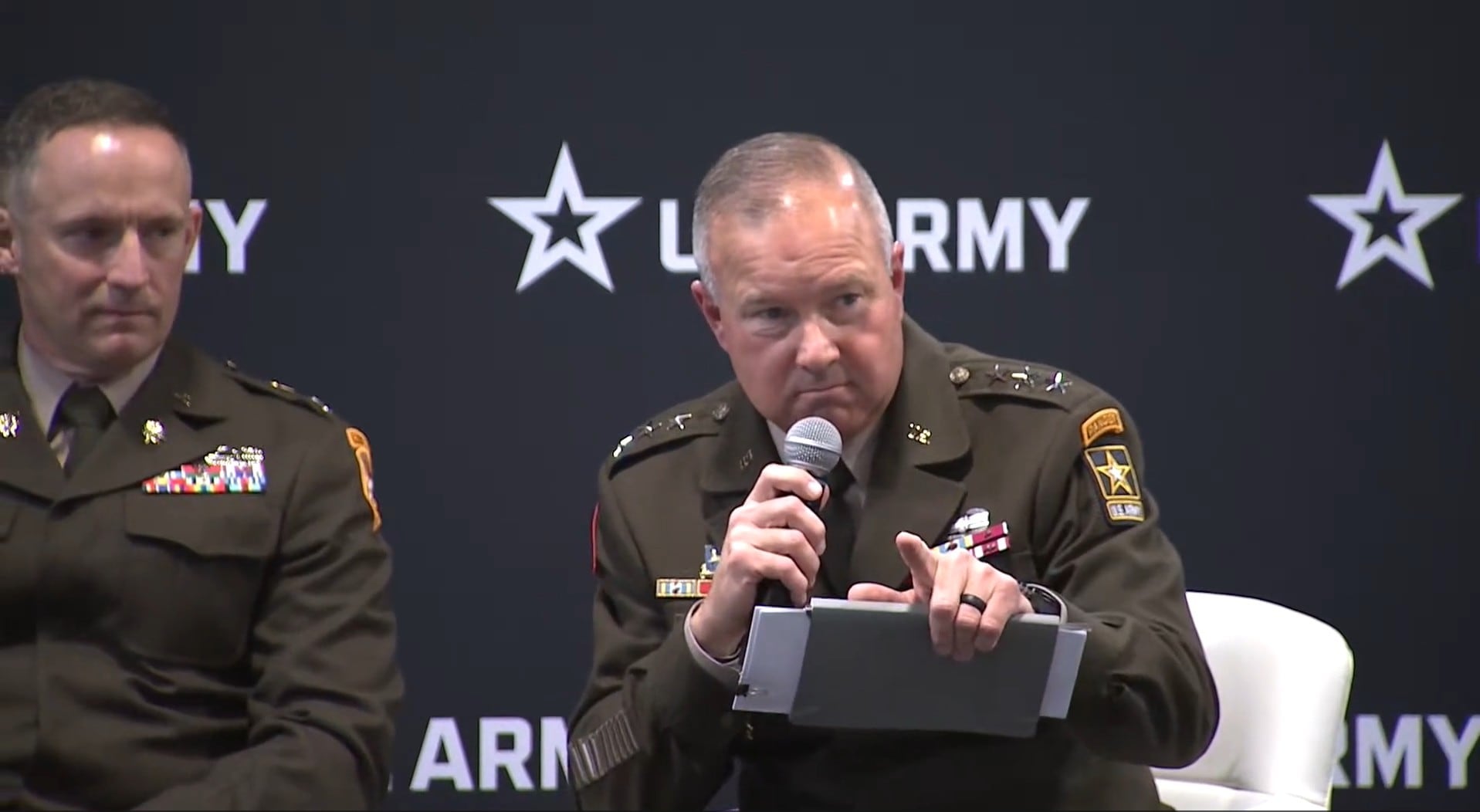The Holy Grail of downrange eating is becoming a reality after last year’s news that the pizza MRE was facing an indefinite delay.
The Meal, Ready-to-Eat was slated for MRE No. 38, which is set to roll out this year.
Nearly a year ago, in March 2017, the Combat Feeding Directorate at the Natick Soldier Research, Development and Engineering Center said there was a problem with mass production.
Meals, Ready-to-Eat must have a shelf life of at least three years when stored at 80 degrees or below, but during testing, the pizza MRE had turned brown.
To simulate a three-year span, MREs are placed in a 100-degree box for six months. The lab-made pizza could withstand the life cycle, but farming out the production to industry at a larger scale triggered the delay.
The browning wasn’t a safety issue, but more of a quality issue, officials said.
“We want to make sure we give [troops] a quality product,” Natick spokesman David Accetta told Army Times.
Julie Smith, a senior food technologist at the Combat Feeding Directorate, said the tomato sauce was turning brown, so they tweaked the formula.
The fix? Adding rosemary extract.
Oxidation causes the sauce to turn brown, but the rosemary extract prevents that from happening.
Accetta emphasized that MREs aren’t full of preservatives or chemicals, but that it’s the processing and packaging that gives them their three-year shelf life.
There might have been a way to solve the pizza problems sooner by using chemicals, but CFD wanted to use natural alternatives, he said.
The pizza MREs will arrive at the Defense Logistics Agency in March, Smith told Army Times.
Soldiers will likely being seeing the pizza by the end of the year. Different installations and units will receive new MRE cases depending on how many they already have and how they’re issued.
“It’s first in, first out,” Smith said about how DLA chooses which MRE cases to ship out.
The Combat Feeding Directorate is starting with pepperoni pizza, but Accetta said troop feedback could influence varieties in the future.
“They may say they want more pizza or a different kind of pizza,” he said, using plain cheese and vegetarian varieties as examples.
The CFD team wanted the pizza to be a success, and they didn’t want to roll it out too early.
“Because the pizza was so widely requested, we tried to accelerate the timeline,” Smith said. “People got excited about it, but in the end, we wanted to make sure we got it right.”
RELATED

Beyond pizza
If pizza isn’t your thing, beef goulash is on the menu for 2019. MRE No. 39 will offer beef goulash and beef strips in a savory tomato-based sauce.
You’ll have to say goodbye to Asian-style beef strips with vegetables and the beef brisket, though. Those MREs ranked lowest in troop feedback, which included feedback from a 2016 field test at Fort Carson, Colorado.
The Combat Feeding Directorate was looking for replacements for lower-ranking beef entrees, based on average ratings from the past five years.

Researchers at the Combat Feeding Directorate took this feedback back to the Natick center in Massachusetts to analyze the data and soldier responses. Natick, however, is not a decision authority, so a Joint Services Operational Rations Forum meets every February with representatives from each service. They discuss the findings and decide which new MRE menus to roll out.
At this year’s forum on Feb. 7, the team gave the green light for new food choices in 2020.
MRE Menu No. 40 is set to bring a new meal plus a bunch of snacks to troops in training and overseas in 2020:
- Italian Sausage in Marinara Sauce
- High Protein Pudding, Chocolate
- Recovery Crunchy O Shaped Snack
- BBQ flavored Recovery Beef Jerky Trail Mix
- Sweet and Spicy Recovery Salted Caramel Rice and Soy Crisp Bar
- Chocolate Hazelnut Protein Smoothie
According to a Natick spokesman, the “recovery items really show the emphasis on soldier readiness and performance.”
MREs were introduced in the early 1980s as a replacement for the C-ration, according to the Army. Since 1993, more than 270 new items have been added to the rations, along with the flameless ration heater and ergonomic beverage pouches.
Each MRE provides about 1,260 calories, and its durable packaging allows it to be safely airdropped by parachute from 100 feet.
Charlsy is a Reporter and Engagement Manager for Military Times. Email her at cpanzino@militarytimes.com.





